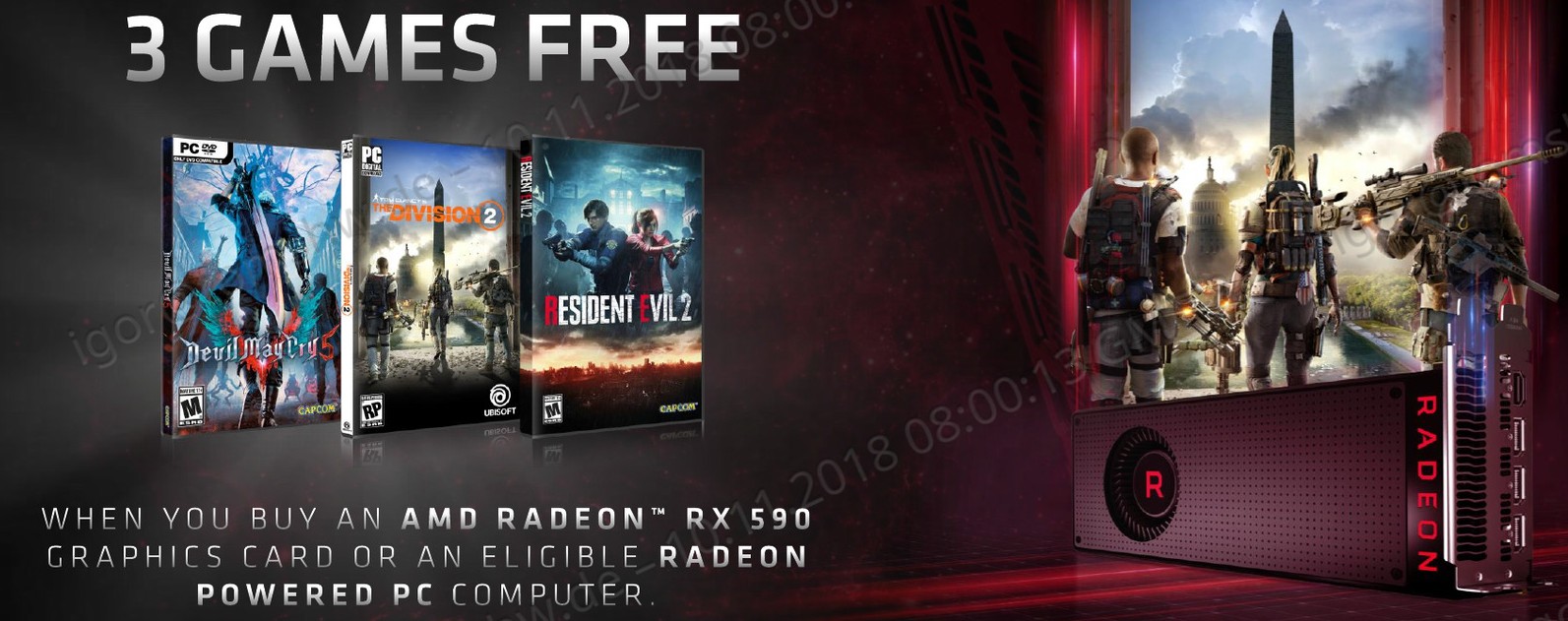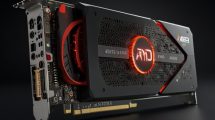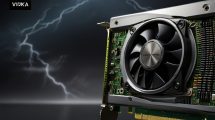Summary
With the Radeon RX 590, AMD is building the last remaining bastion, because it is one of the few performance segments where Nvidia has nothing better to offer and you can still set down volume. This step is actually only consistent, also with regard to Nvidia's residual-valued GeForce GTX 1060 with GDDRX5 (half a GP104). Instead of a real (but more expensive iteration), you put another skip on top and stay loose in the race for this area of the middle class.
Nice, power comes from fuel, this is nothing new. In terms of measured performance, you don't even get AVega56 level at the energy cost of a GeForce RTX 2080 and that's certainly a bit of a crowbar, but on the other hand you'd probably have to play around the clock to make any significant financial disadvantages, if at all. So let's leave the church in the village and the map in the computer.
Let's start by detailing the performance of all games – both in Full HD and wqHD (please browse the gallery). At 6.5% and 5% more performance, the advantage of the Radeon RX 590 over the RX 580 over all games is a little tighter than we had hoped. However, it must also be taken into account that the tested XFX card could not keep its clock in the closed housing. With a little better cooling there would probably have been a little bit more in it.
Let's put performance and price in perspective and see which of the cards offers the most performance per euro. While the much slower Radeon RX 570 is very good at p/L ratio, the Radeon RX 580 and GeForce GTX 1060 are roughly the same (our tested models). The Radeon RX 590 is now almost the same for launch (XFX, 250 Euros, tested here) or significantly more expensive (Powercolor, 289 Euro) and you will have to wait and see where the road price eventually settles.
But what could take the Radeon RX 590 even further forward and missing from this statistic is AMD's three-game game bundle, which is almost a goodie on the house. Even if they all won't be released until 2019. If you are interested in the genre, such a deal with an option for the future can have its charm and make the additional purchase price even more attractive. So let's not see this quite so stubbornly with the EIA, on the contrary.
However, since the power consumption per game also fluctuates significantly and the games show different performance increases, with "The Witcher 3" we also used exactly the game again for the "performance per watt" comparison, which we also stand for power consumption measurement in the gaming loop. Since all cards operate at their performance limit under equally harsh conditions, the whole thing remains well comparable:
While in Full-HD there is in fact a tie between the two Radeons, the advantage of the Radeon RX 590 over the RX 580 in WQHD is one tick larger. However, it proves once again that the actual changes are smaller than hoped, but nevertheless palpable and measurable. One thing must also be taken into account: every increase in clocks pushes the efficiency curve down. If you can still meet at the same place at a higher time, it was worth it.
XFX RX 590 Fatboy
XFX has deliberately dispensed with RGB games, but in return offers a quite pleasant look without any extreme frills. This can be found good or less beautiful, depending on taste and preferences. I even liked it. Otherwise, what I have already written about the Polaris predecessors still applies. It's just a refresh, but nothing more.
I quickly summarize what I wrote in detail on the last pages, because the reader always needs a little reminder. And for the typical first-last-page readers, I would even have the hidden hint that it is well worth reading the rest in between. It's more interesting than you might think 😉
| Per | Cons |
| Predominantly good components Comparatively "cheap" Simple radiator cover without RGB |
Two slightly noisy 9.5cm fans Cooler slightly undersized Maximum clock in closed housing not kept Coil feathers |
Conclusion
The bottom line is that it is more of a pleasant result cosmetic for Polaris, a smaller evolution, but also not a revolution. This will certainly only be achieved with the 7nm node, since the mouse does not bite off a thread. So let's see it as the last uplift in this performance class, where the purchase price dominates the decision-making discussions and the power consumption is likely to be incidental.
It is not a bad card for Full HD, besides, it is certainly still suitable for many games in WQHD, if you do not need too high frame rates or quality settings. After all, you get 8 GB of storage and not just 6 GB as with your competitor. So you should also think about this when you have your hand twitching on your wallet. But in the end it remains a very subjective decision about where and what to buy. In any case, AMD did not deteriorate with the Radeon RX 590.
However, at this point, the first thing to do is to put an end to this, because physics once again shows the limits. Maybe we will see each other again at the next manufacturing process in 7nm and Polaris 40 then happily celebrates the third rebirth? With then a little more maniful drinking habits and a little more tact, there's even something going on. At least in this performance box office and as long as Nvidia has nothing really better to offer. This, too, is a statement that does not necessarily have to be sad.
- 1 - Einführung, Unboxing, Daten
- 2 - Teardown: Platinenanalyse und Kühler
- 3 - AotS: Escalation
- 4 - Battlefield 1
- 5 - Destiny 2
- 6 - Far Cry 5
- 7 - Ghost Recon Wildlands
- 8 - GTA V
- 9 - Metro Last Light Redux
- 10 - Wolfenstein 2
- 11 - Shadow of the Tomb Raider
- 12 - The Division
- 13 - The Witcher 3
- 14 - World of Warcraft
- 15 - Leistungsaufnahme im Detail
- 16 - Temperatur, Takt, Infrarot
- 17 - Lüfter und Lautstärke
- 18 - Zusammenfassung









































Kommentieren